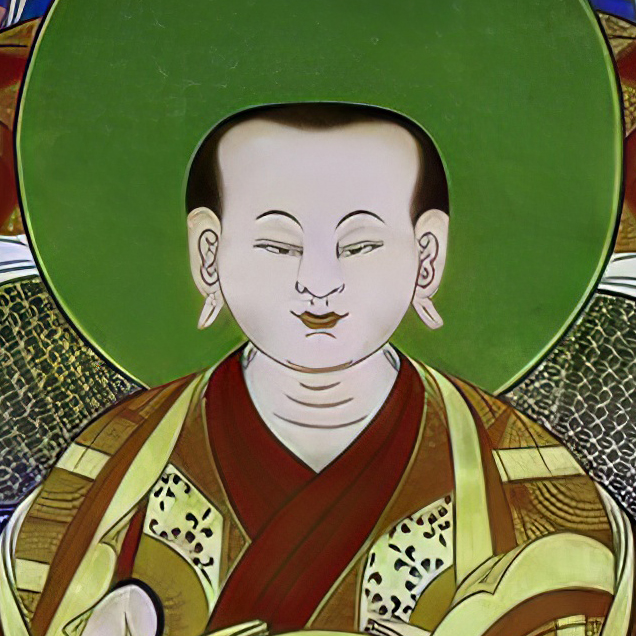

Our first stop in the Swat valley being Shingadara (Ghandhara Stupa) which has a relic of Buddha in it. The Shingardar stupa was identified by Colonel Deane and S.A Stein with the famous stupa built by King Uttarasena on the spot where the white elephant that carried the Kings share of the relics of the Buddha halted. When he had arrived at this spot the elephant suddenly dropped down and, dying, changed himself into a rock . By the side of this rock the King at once erected this stupa. This myth of the stupa is derived from a local tradition (Deane, 1886,Stein, 1930). It is said that when the elephant reached this spot with the relics of Buddha on its back, his body miraculously turned into stone after dying at this spot. It is further claimed that the hilly ridge opposite the great stupa on the north depicts a faint figure on it, visible only to the pious eye.
(See : https://www.waadiswat.com/2016/06/shingardar-stupa.html?m=1)



The local people where very warm and friendly.
Nearby Shingadara Stupa is a 4 meter Ghaligay Buddha carving along the roadside.


“The colossal statue of Buddha lies near the village of Ghaligay some 18km away from Mingawara at the foot of rocky slopes, on the left side of the main road leading to Mardan. The Buddha facing west is situated about 1km from the left bank of the river Swat.
This statue is carved on the live rock of the hillside in the heart of the Swat valley. It is one of the hundreds of monumental stone carving Buddhas that witnessed the glorious past of people of Swat, the ancient Udyana
Unfortunately, this statue sustained some damages …..
(See : https://www.waadiswat.com/2016/06/ghaligay-buddha-statue-and.html?m=1)
Here it is said there used to be some scriptures carved into the rocks. We were unfortunately not able to see any present any more. There are apparently many places with inscriptions from different eras in the Swat Valley.

